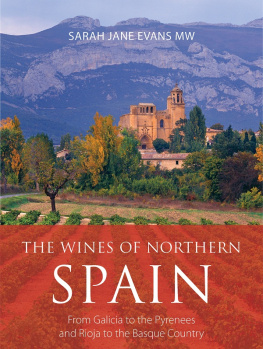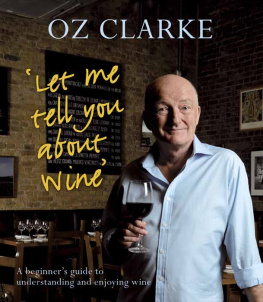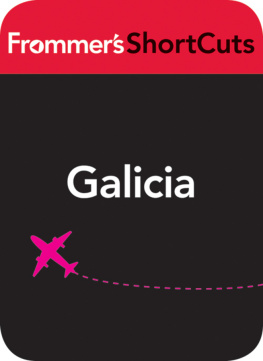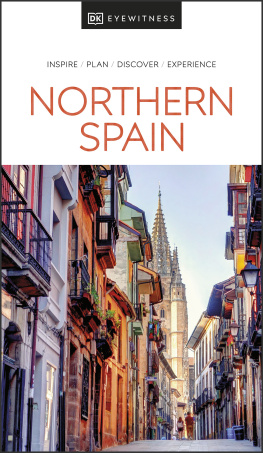THE INFINITE IDEAS
CLASSIC WINE LIBRARY
Editorial board: Sarah Jane Evans MW and Richard Mayson
There is something uniquely satisfying about a good wine book, preferably read with a glass of the said wine in hand. The Infinite Ideas Classic Wine Library is a series of wine books written by authors who are both knowledgeable and passionate about their subject. Each title in The Infinite Ideas Classic Wine Library covers a wine region, country or type and together the books are designed to form a comprehensive guide to the world of wine as well as an enjoyable read, appealing to wine professionals, wine lovers, tourists, armchair travellers and wine trade students alike.
The series:
Port and the Douro , Richard Mayson
Cognac: The story of the worlds greatest brandy , Nicholas Faith
Sherry , Julian Jeffs
Madeira: The islands and their wines , Richard Mayson
The wines of Austria , Stephen Brook
Biodynamic wine , Monty Waldin
The story of champagne , Nicholas Faith
The wines of Faugres , Rosemary George MW
Cte dOr: The wines and winemakers of the heart of Burgundy , Raymond Blake
The wines of Canada , Rod Phillips
Ros: Understanding the pink wine revolution , Elizabeth Gabay MW
Amarone and the fine wines of Verona , Michael Garner
The wines of Greece , Konstantinos Lazarakis MW
Wines of the Languedoc , Rosemary George MW
The wines of northern Spain , Sarah Jane Evans MW

Sarah Jane Evans MW is an award-winning wine-writer, journalist and speaker at conferences worldwide, and is co-Chairman of the Decanter World Wine Awards. She became a Master of Wine in 2006, winning the Robert Mondavi Winery Award for the highest marks in the theory papers, and is a past Chairman of the Institute of Masters of Wine. She was the winner of the WSET Outstanding Alumni Award in 2017. To recognize her expertise in Spanish wines, she was made a member of the Gran Orden de Caballeros de Vino in 2010; she is also a Dama de Albario in Ras Baixas, a Dama de Solear (Manzanilla Sherry), and was awarded the Premio de Honra by DO Ribeiro.
Copyright Sarah Jane Evans MW, 2018
The right of Sarah Jane Evans to be identified as the author of this book has been asserted in accordance with the Copyright, Designs and Patents Act 1988.
First published in 2018 by
Infinite Ideas Limited
www.infideas.com
All rights reserved. Except for the quotation of small passages for the purposes of criticism or review, no part of this publication may be reproduced, stored in a retrieval system or transmitted in any form or by any means, electronic, mechanical, photocopying, recording, scanning or otherwise, except under the terms of the Copyright, Designs and Patents Act 1988 or under the terms of a licence issued by the Copyright Licensing Agency Ltd, 90 Tottenham Court Road, London W1T 4LP, UK, without the permission in writing of the publisher. Requests to the publisher should be emailed to the Permissions Department, .
A CIP catalogue record for this book is available from the British Library
ISBN 9781910902561
Brand and product names are trademarks or registered trademarks of their respective owners.
All web addresses were checked and correct at time of going to press.
Front cover photo showing vineyard and church at Leza with the Sierra de Cantabria beyond, Alava, Spain Mick Rock/Cephas Picture Library.
Maps created by Darren Lingard. Map showing proposal for Rioja subzones created from an original Jos Hidalgo.
Typeset by DigiTrans Media, India
INTRODUCTION
Spain is the most exciting country in Europe for wine lovers, and one of the most exciting in the world. In the last 30 years it has lived through an exceptional period of change cultural, social and political, as well as vinous. It now offers us wine styles of every kind. This is the country where you can find wines of glorious maturity, polished in oak barrels to a fine complexity, where people talk fondly about 45, 64 and 70, through to 2001, 04 and 05. It is also home to the new reds, the fresh, zesty Atlantic styles; the aromatic whites; the pale-coloured rosados; the traditional method sparklings; the sweet Moscatels; the wines aged under flor; and the wines from vines grown on slate, clay, limestone or sand, all expressing their origins. Amongst these wines I have highlighted examples of heroic viticulture, on steep, steep slopes; of continental climates with extremes of temperature; and of vineyards with their toes more or less in the sea.
This mosaic of wines comes just from northern Spain. I had originally intended this to be a book on the whole of Spain, in part to replace and update those that had been published in English back in 1999 and 2004. A book on the wines of Spain is very much overdue. But it quickly became clear that Spain has become so diverse and so interesting that it needed two separate books to manage the story. This book therefore draws a line from the Pyrenees to Arag n and Navarra, and turns west to Rioja, Ribera del Duero, Castilla y Len, and Galicia, also taking in Txakoli country, and Asturias. It remains for the next book to cover Catalunya, the Levant, Southern Spain and Andaluc a, not forgetting the islands.
Within the boundaries of this book, Rioja, Navarra and Ribera del Duero are long established, as is the Tempranillo grape. Ribeiro too has a venerable history, as a region that traded with the English before the Port trade began. Yet there is so much more than this. Northern Spain has so many new stories to contribute to the world of contemporary Spanish wine, so many new enterprises, so many growers launching their own businesses, all in addition to the established names. One case in point is Galicia, and especially Ras Baixas, which has grown rapidly, as is reflected in the number of pages devoted to it here. Another is Ribera del Duero, which again has greatly increased space assigned to it. A third is Castilla y Len, which now has a fascinating and varied collection of wineries.
In terms of grape varieties, Spain has plenty to celebrate, with its renewed confidence in its own heritage. Garnacha is a big story, and not just in its home territory of Aragn. So too are Menca, and Galicias reds. The transformation of Spains white wines has also been remarkable. As I highlight in these pages, the best of these wines can be thrillingly pure and complex.
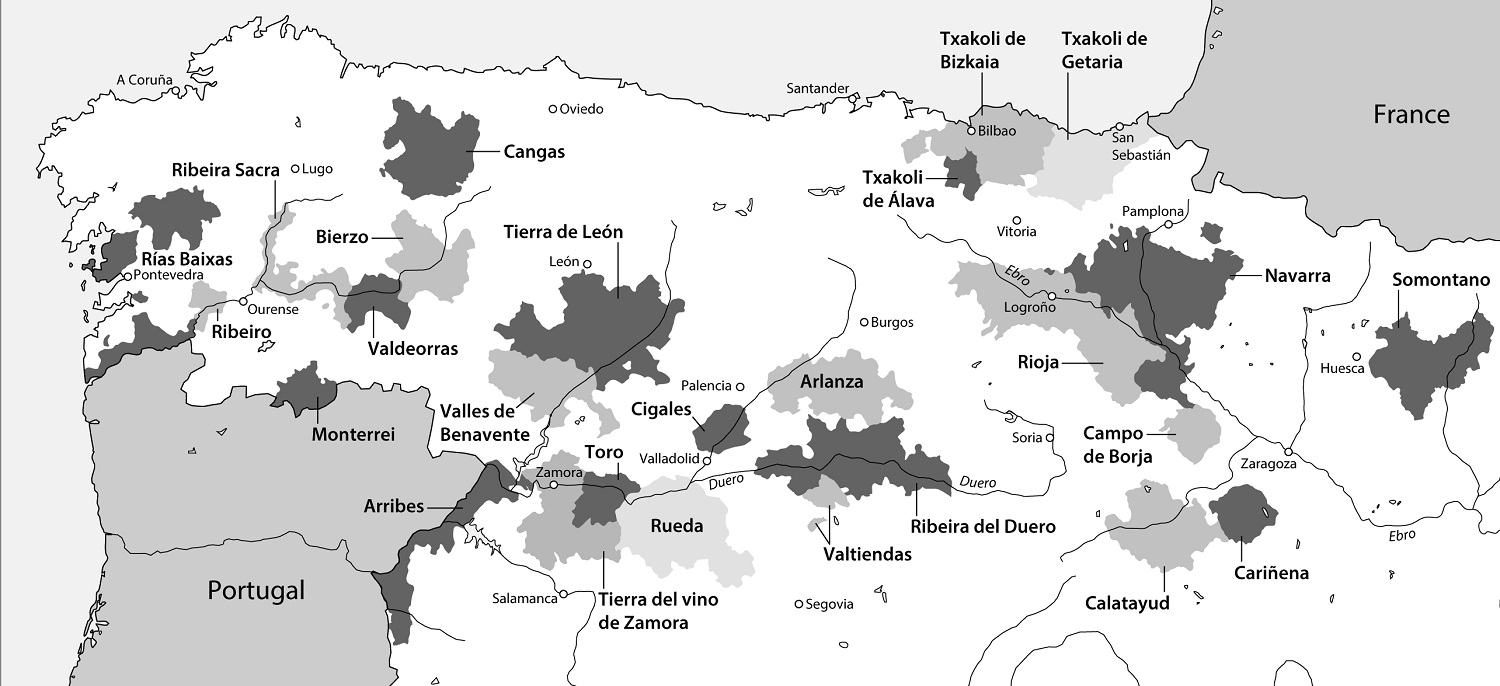
The wine regions of northern Spain
Until as little as five years ago, Spain had a deserved reputation in export markets for overuse of oak. Not content with delivering bold fruit, too many wines were loaded with high-toast oak and drying tannin. What a difference a few years make! I discuss the different approaches to winemaking in the Ribera del Duero chapter. Meanwhile in Rioja, I explore the various current debates, on single vineyard and village wines, on the benefits of classifying wines in terms of their time in oak barrels, and how best to define the quality differences between wines from the same zone.
From technically correct wines, many producers are now choosing to move back to the old ways, and some are farming organically or biodynamically. This book gives me the chance to highlight growers and producers who are choosing a different path from the anonymous wines. What has always fascinated me are the people behind the wines, and their role in interpreting the soil and vine. This, then, is a personal selection. I have included all or nearly all of the well-known or established producers, to assist readers who want to discover more about Spain, and build their knowledge. I have also included others who particularly interest me, and who make fine wines. Where the project is very new, or is yet to prove itself, the information is listed briefly at the end of the section under the heading On the radar. These are wineries and regions to watch.
Next page
